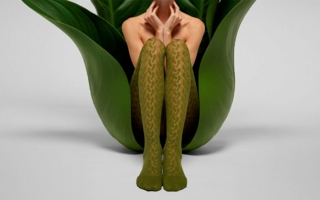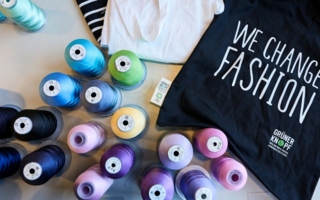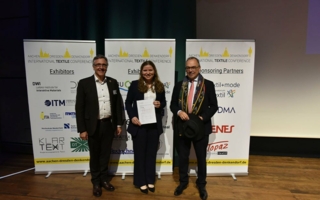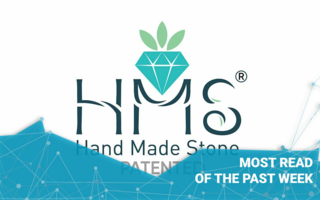
Die CSP International Fashion Group setzt mit ihrer Marke Oroblù und der pflanzenbasierten Lycra EcoMade Faser auf Innovation und Verantwortung. Das Projekt zeigt, wie sich nachhaltige Polymertechnologie und modische Funktionalität vereinen lassen. © Oroblù






